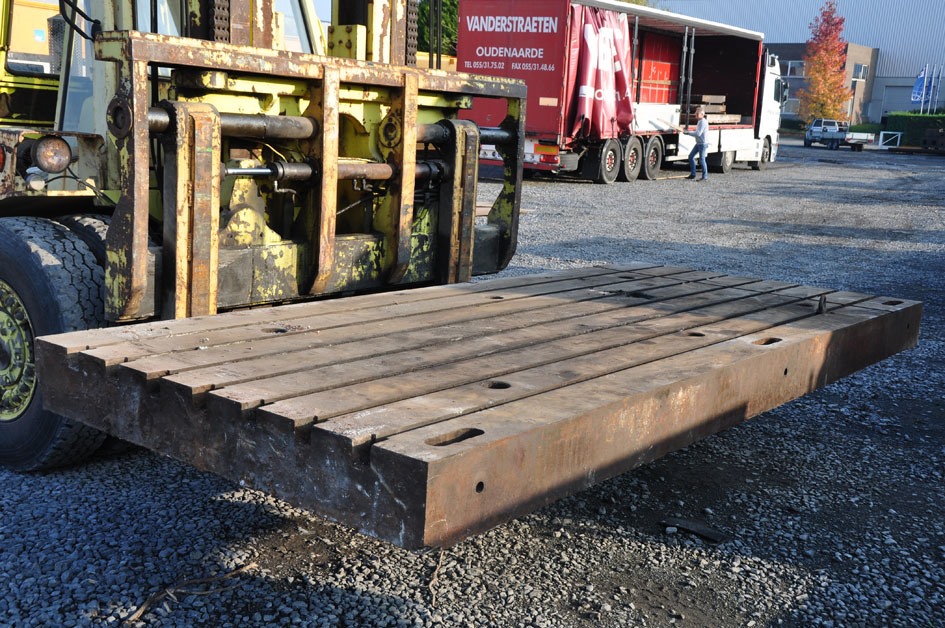Table Slot
Pages in category ‘Slot tables’ The following 25 pages are in this category, out of 25 total.
Important
Azure Database for PostgreSQL - Flexible Server is in preview
PostgreSQL's logical replication and logical decoding features are supported in Azure Database for PostgreSQL - Flexible Server, for Postgres version 11.
The HTML element—part of the Web Components technology suite—is a placeholder inside a web component that you can fill with your own markup, which lets. This page assumes you’ve already read the Components Basics.Read that first if you are new to components. In 2.6.0, we introduced a new unified syntax (the v-slot directive) for named and scoped slots. It replaces the slot and slot-scope attributes, which are now deprecated, but have not been removed and are still documented here.The rationale for introducing the new syntax is. With more than 2,000 of the Mid-South’s hottest slots, your winning machine awaits. Enjoy the newest available slot titles on the market, or take a spin on classic favorites like Blazing 7s, Wheel of Fortune, and Double Diamonds. Perhaps you crave the hands-on excitement of live table games like Blackjack, Craps, or Roulette. In computing, a hash table (hash map) is a data structure that implements an associative array abstract data type, a structure that can map keys to values.A hash table uses a hash function to compute an index, also called a hash code, into an array of buckets or slots, from which the desired value can be found.During lookup, the key is hashed and the resulting hash indicates where the.
Comparing logical replication and logical decoding
Logical replication and logical decoding have several similarities. They both
- allow you to replicate data out of Postgres
- use the write-ahead log (WAL) as the source of changes
- use logical replication slots to send out data. A slot represents a stream of changes.
- use a table's REPLICA IDENTITY property to determine what changes can be sent out
- do not replicate DDL changes
The two technologies have their differences:Logical replication
- allows you to specify a table or set of tables to be replicated
- replicates data between PostgreSQL instances
Logical decoding
- extracts changes across all tables in a database
- cannot directly send data between PostgreSQL instances
Pre-requisites for logical replication and logical decoding

- Set the server parameter
wal_leveltological. - Restart the server to apply the
wal_levelchange. - Confirm that your PostgreSQL instance allows network traffic from your connecting resource.
- Grant the admin user replication permissions.
Using logical replication and logical decoding
Logical replication
Table Slot Machines For Sale
Logical replication uses the terms 'publisher' and 'subscriber'.
- The publisher is the PostgreSQL database you are sending data from.
- The subscriber is the PostgreSQL database you are sending data to.
Here's some sample code you can use to try out logical replication.
Connect to the publisher database. Create a table and add some data.
Create a publication for the table.
Connect to the subscriber database. Create a table with the same schema as on the publisher.
Create a subscription that will connect to the publication you created earlier.
You can now query the table on the subscriber. You will see that it has received data from the publisher.
You can add more rows to the publisher's table and view the changes on the subscriber.
Visit the PostgreSQL documentation to understand more about logical replication.
Logical decoding

Logical decoding can be consumed via the streaming protocol or SQL interface.
Streaming protocol
Consuming changes using the streaming protocol is often preferable. You can create your own consumer / connector, or use a third-party service like Debezium.
Visit the wal2json documentation for an example using the streaming protocol with pg_recvlogical.
SQL interface
In the example below, we use the SQL interface with the wal2json plugin.
Create a slot.
Issue SQL commands. For example:
Consume the changes.
The output will look like:
Drop the slot once you are done using it.
Visit the PostgreSQL documentation to understand more about logical decoding.
Monitoring
You must monitor logical decoding. Any unused replication slot must be dropped. Slots hold on to Postgres WAL logs and relevant system catalogs until changes have been read. If your subscriber or consumer fails or has not been properly configured, the unconsumed logs will pile up and fill your storage. Also, unconsumed logs increase the risk of transaction ID wraparound. Both situations can cause the server to become unavailable. Therefore, it is critical that logical replication slots are consumed continuously. If a logical replication slot is no longer used, drop it immediately.
The 'active' column in the pg_replication_slots view will indicate whether there is a consumer connected to a slot.
Set alerts on the Maximum Used Transaction IDs and Storage Used flexible server metrics to notify you when the values increase past normal thresholds.
T Slot Tables For Sale
Limitations

- Read replicas - Azure Database for PostgreSQL read replicas are not currently supported for flexible servers.
- Slots and HA failover - Logical replication slots on the primary server are not available on the standby server in your secondary AZ. This applies to you if your server uses the zone-redundant high availability option. In the event of a failover to the standby server, logical replication slots will not be available on the standby.
Next steps
- Learn more about networking options
- Learn about extensions available in flexible server
- Learn more about high availability